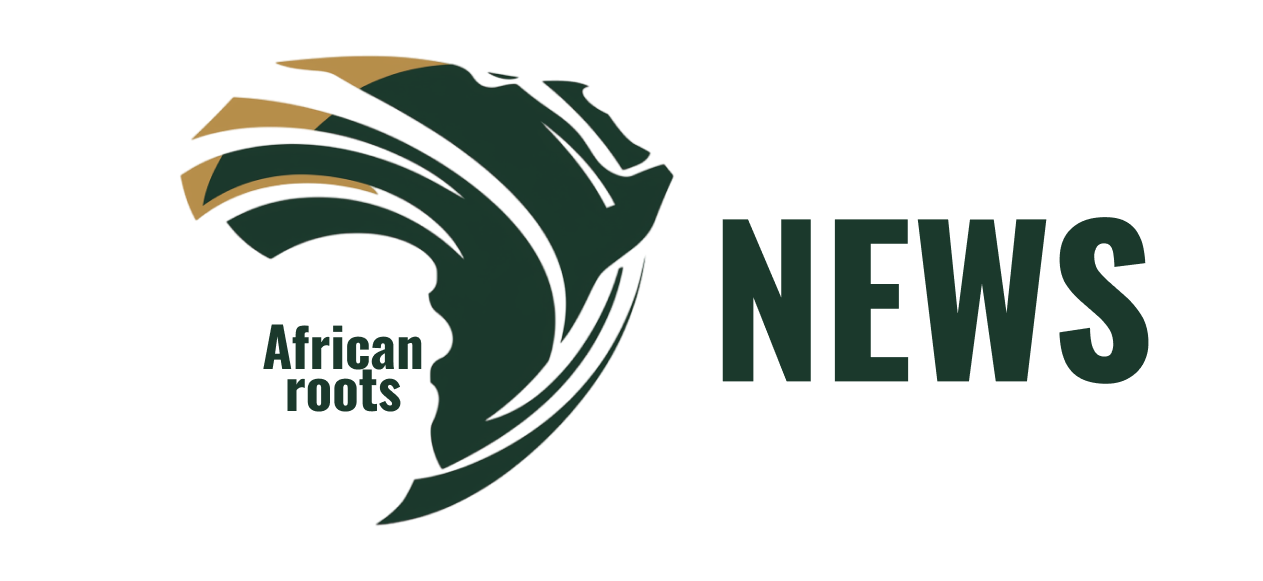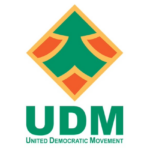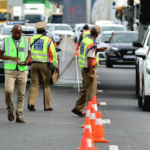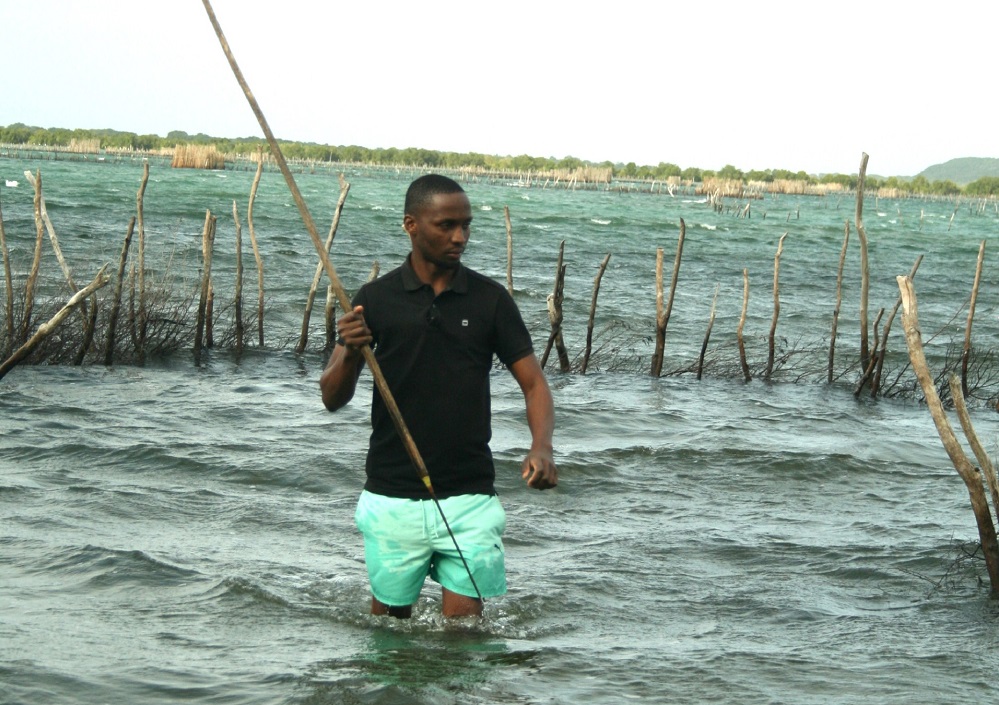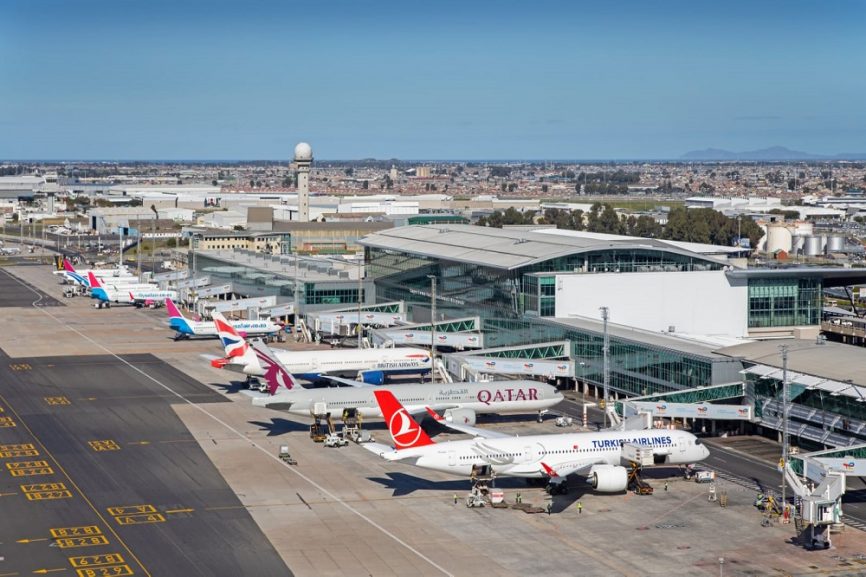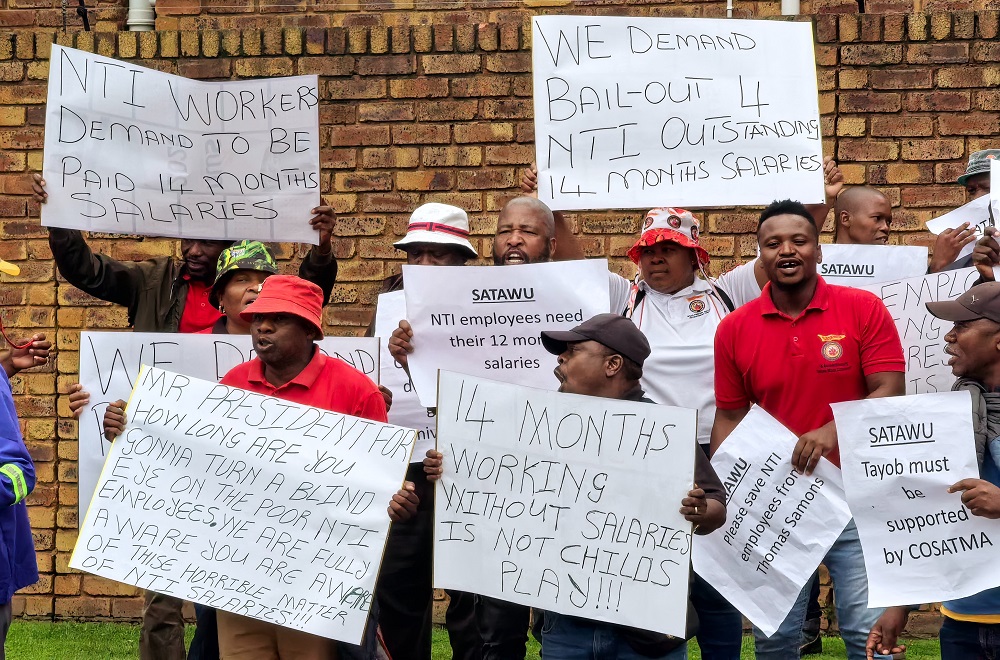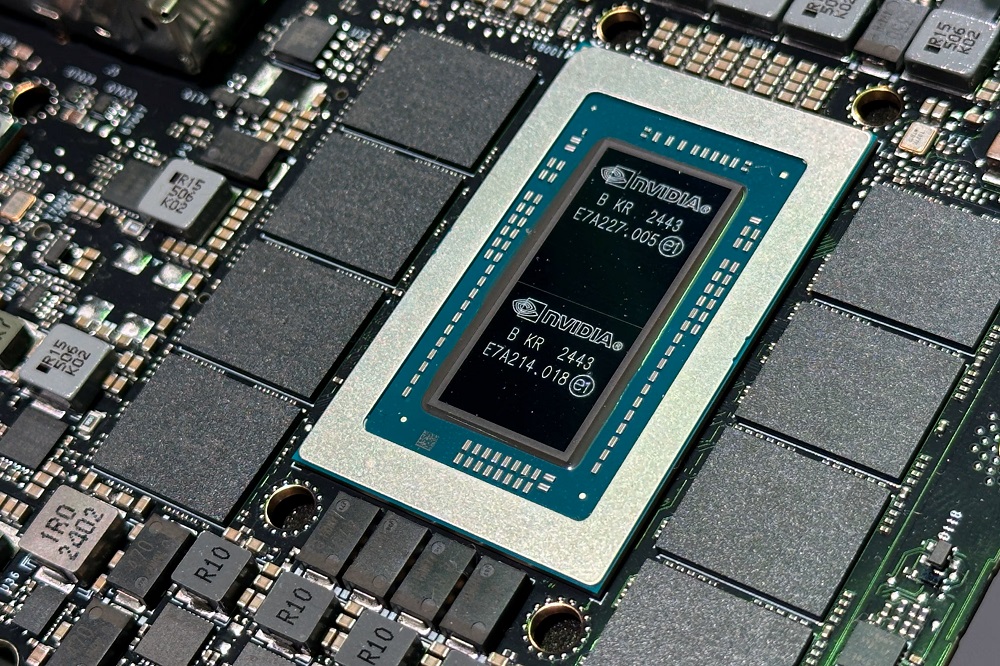Communities in the north of KwaZulu-Natal are up in arms about unregulated fishing in marine protected areas off the South African coast.
Residents of Kosi Bay, who live inside and on the fringes of the iSimangaliso Wetland Park – a UNESCO World Heritage Site – claim that law enforcement officials relentlessly target them. However, these officials fail to act against large-scale fishing trawlers and other illegal fishing operations in the area.
This is seemingly due to a lack of resources and institutional will.
Kosi Bay consists of four interlinking lakes that flow into a sandy mouth before meeting the ocean.
Fish trap owner and community leader Jeffrey Mngomezulu says the fish traps have been in existence for hundreds of years and that even Portuguese explorer Vasco De Gama found some of the traps when he sailed from Europe to India around the Southern tip of Africa.
Each trap belongs to a specific family, and another local, Sandile Mngomezulu Meyeni explains that it is passed on from one generation to the next.
“This started from our grand grandfathers long ago. These are our fish traps. There is a guiding fence with a funnel inside, which leads to the fish trap.”
The fish traps are constructed in such a way that smaller fish can swim through, and this, according to Jeffrey Mngomezulu, ensures the sustainability of the fish population. There is, however, a dark cloud on the horizon – plastic pollution.
“It is not good because we’re killing the whales and turtles. Children will never see them again when they destroy nature.”
Furthermore, illegal trawling in the Kosi Bay mouth has reached critical levels.
Coming from the direction of neighbouring Mozambique, ships lay anchored in international waters, waiting for nightfall to drag their nets across the ocean floor. Mngomezulu believes this illegal trawling has a significant impact on the fish population.
“When they come during the nighttime, they come close to the banks. They are influencing the fish in the lakes because when they trawl, they take everything. They break the coral and destroy everything with their big nets.”
According to the community, this environmental crisis should be addressed immediately, but they are kept in the dark – as stakeholder engagements have broken down, leading to mounting frustration.
Mngomezulu elaborates, “They never talk with us. When we write to them and when we start calling them, they run away from us. They will speak to the local chiefs but never to us as the community.”
However, Mngomezulu is positive that there is still hope that the situation can improve.
“If we work together, we solve issues like pollution. The plastics that come with the Chinese when you look all around, they’re in the sea, and the writing is Chinese. They throw a whole lot of things in the water, because they never want South Africa, Africa to be sustainable.”
It is clear, however, that it is not only the livelihood of the fish trap owners of Kosi Bay that is under threat.
Recreational anglers and tourist establishments in nearby coastal areas are equally affected.
DID YOU KNOW?
· Five percent of South Africa’s oceans are protected by 41 marine protected areas.
· Of these 23 are coastal, and are designed to protect marine life in all its forms, from plankton and seaweed, to fish, turtles, sharks, penguins and whales.
· There are restrictions on activities in these areas, including both commercial and recreational fishing.
· Among them is the 10 700 km2 iSimangaliso Wetland Park in KwaZulu-Natal – a UNESCO World Heritage Site.
· It is home to coelacanths, fish that have been around since the dinosaurs.
· The original Maputaland and St Lucia MPAs were proclaimed in the 1970’s to protect the nesting grounds of leatherback and loggerhead turtles and coral reefs.
· The offshore expansion was proclaimed in 2019, which protects the homes of the most accessible coelacanth population (33 of them) on the planet. – credit: Janet Whitton (SABC Researcher)
This story was supported by the Pulitzer Centre in Washington, DC.
